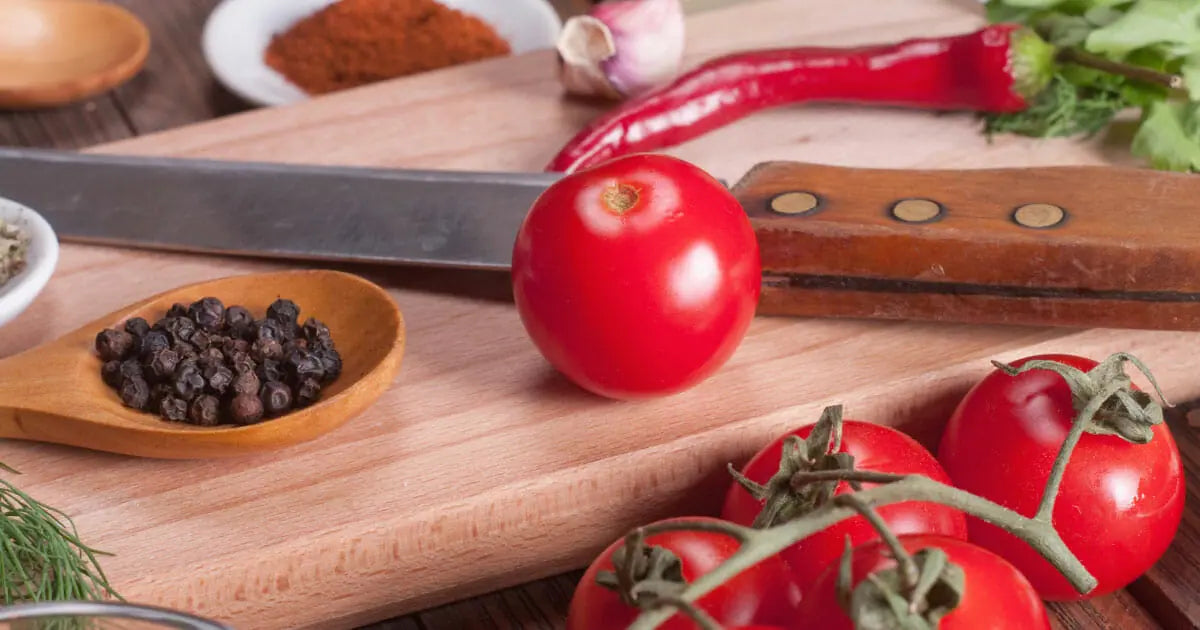Cast iron cookware is a staple in many kitchens, revered for its durability and ability to retain heat. However, over time, even the most beloved pieces can become coated in unsightly rust. If you find yourself wondering how to remove heavy rust from cast iron, youre in the right place. In this article, well delve into techniques that are both comprehensive and accessible, ensuring your cast iron is restored to its former glory.
Rust can appear on cast iron due to moisture exposure and lack of proper maintenance, leading to headaches for kitchen professionals. Luckily, with the right approach, you can effectively strip away heavy rust and bring your cast iron back to life. Lets explore the essential methods youll need to know.

Understanding the Causes of Rust on Cast Iron
Before diving into the removal techniques, its vital to understand why cast iron rusts. Exposure to moisture is the primary culprit, often exacerbated by improper cleaning and lack of seasoning. Additionally, storing cast iron in damp environments can allow rust to form and spread.
Prevention is Key
To avoid battling rust in the future, consider improving your storage and maintenance routines. For instance, storing cast iron in a dry place, applying a thin coat of oil after each use, and avoiding the dishwasher can significantly prolong the life of your cookware. If you want tips on keeping your cast iron cookware rust-free, check out this guide.
Essential Tools for Rust Removal
Before you embark on your restoration project, gather the necessary tools. Youll need:
- Steel wool or a wire brush to scrub away heavy rust.
- White vinegar, known for its rust-dissolving properties.
- Baking soda for gentle scrubbing.
- Dish soap for cleaning.
- Lint-free cloths for drying and seasoning.
- Seasoning oil (like flaxseed or vegetable oil) to protect the surface.
Step-by-Step Guide to Remove Heavy Rust from Cast Iron
Step 1: Assess the Damage
Before using any tools, inspect your cast iron to determine the extent of the rust. If its only surface rust, a simple scrub might suffice. However, for more severe rusting, you may need to use a combination of methods.
Step 2: Soak in Vinegar
For heavy rust, soaking the cast iron in a mixture of equal parts water and white vinegar can work wonders. Place the cookware in a bucket or tub and submerge it in the solution. Allow it to soak for up to 8 hours, checking regularly to avoid too much acid exposure.
Step 3: Scrubbing Away the Rust
Once the soaking time has passed, use steel wool or a wire brush to scrub away the rust. The acid from the vinegar will have loosened the rust, making it easier to remove. Rinse the cast iron thoroughly under warm water to remove any remaining debris.
Step 4: Baking Soda Paste
If you still notice some residue, create a paste with baking soda and water. This gentle abrasive helps eliminate stubborn patches without damaging the surface more. Apply the paste to the affected areas and scrub gently.
Step 5: Wash and Dry Immediately
After removing rust, wash the cast iron with some dish soap and water. Be sure to dry it thoroughly with a lint-free cloth to prevent moisture accumulation, which leads to more rust.
Step 6: Seasoning Your Cast Iron
Finally, seasoning is essential to protect your now rust-free cast iron. Apply a thin coat of your chosen oil and heat the cast iron in the oven at a high temperature (around 450F) for an hour. This creates a non-stick surface and acts as a barrier against moisture. If you're curious about how to season your cast iron properly, check out this blog post.
Common Mistakes to Avoid
While the process may seem straightforward, there are pitfalls to watch out for:
- Never use harsh chemicals: These can damage the cast iron, especially if not rinsed off thoroughly.
- Avoid soaking for too long: Extended exposure to vinegar can cause pitting in the cast iron surface.
- Skip the seasoning step: Failing to season after cleaning will leave your cookware vulnerable to rust again.
Maintaining Your Cast Iron Post-Rust Removal
Once you've successfully removed heavy rust, maintaining your cast iron is crucial. Routine cleaning with warm water and a soft brush is sufficient. Remember to dry it immediately and apply a light coat of oil. If you are interested in more tips on maintaining cast iron, explore this helpful guide that elaborates on practical maintenance tips.

Frequently Asked Questions (FAQs)
1. How can I prevent my cast iron from rusting?
The best way to prevent rust is by regularly seasoning your cast iron and storing it in a dry place. Additionally, apply a thin layer of oil after each use to protect it from moisture.
2. Can I use aluminum foil to scrub rust off my cast iron?
Yes, crumpled aluminum foil can be used as a rust scrubber as it is abrasive enough to remove rust but soft enough not to damage the cast iron.
3. What should I do if my cast iron rusts after cleaning?
If rust appears again, it may indicate insufficient seasoning or moisture exposure. Follow the rust removal steps again, and ensure to season the cookware properly after cleaning.
In conclusion, effectively managing and removing rust from cast iron cookware involves following proper techniques and regular care. By taking the time to understand the methods outlined here, kitchen professionals can ensure their cookware lasts for generations. Remember, a well-maintained cast iron pan is a trusted ally in culinary endeavors. Happy cooking!
This article contains affiliate links. We may earn a commission at no extra cost to you.






Leave a comment
This site is protected by hCaptcha and the hCaptcha Privacy Policy and Terms of Service apply.